Search result
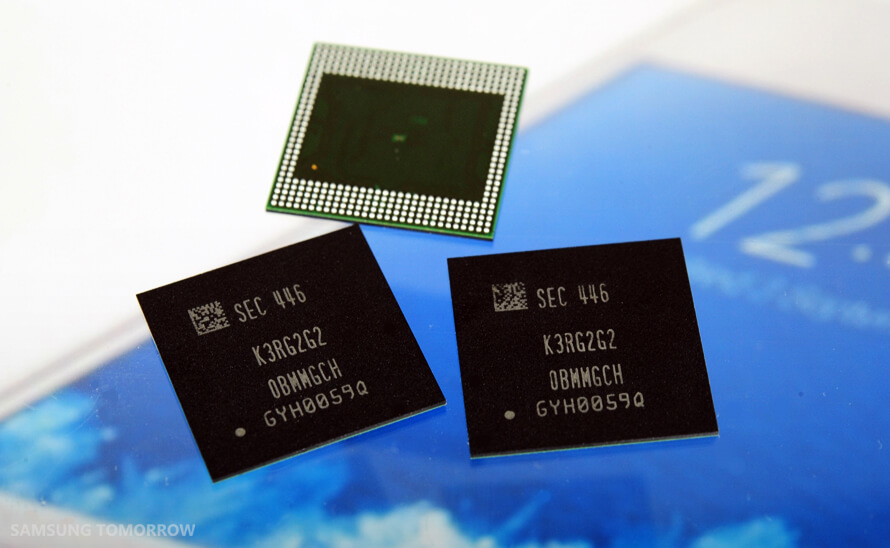
Samsung Mobile announced that it began the mass production of its latest 20nm 4GB LPDDR4 Mobile DRAM memory chips. Using the 20nm manufacturing process, these LPDDR4 chips will be reportedly 50% faster than the fastest LPDDR3 memory on the market, while also consuming 40% less power (1.1 volts).
The 4GB RAM chips will be ready to debut in Smartphones and Tablets by Late 2015. The chances of the Samsung Galaxy S6 and Galaxy Note 5 rocking 4GB of RAM is quite high.
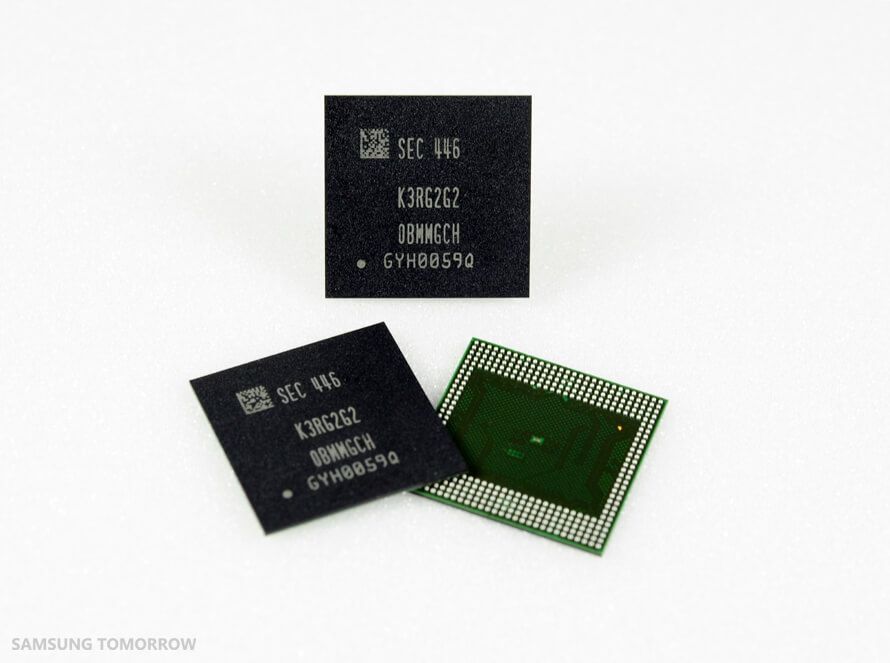
The I/O data rate is up to 3,200 megabits per second, a whopping two times faster than the DDR3 DRAM used in PCs. As a result, the the new LPDDR4 RAM can support UHD video recording and playback and continuous shooting of high-resolution images with over 20 megapixels.
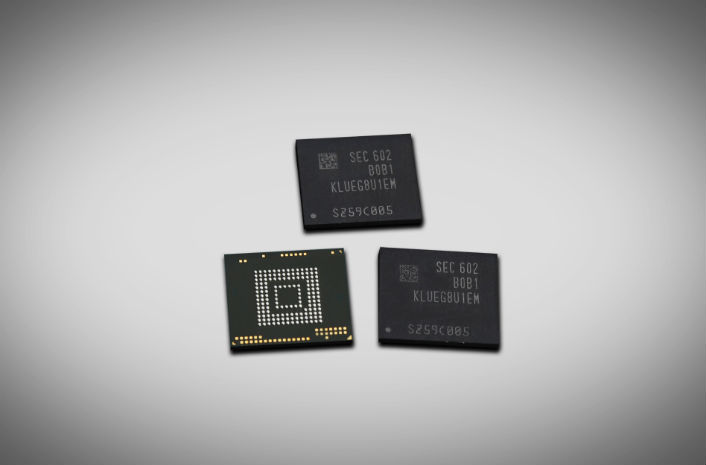
Samsung is gearing up to mass produce the first ever 256GB embedded memory module as a Universal Flash Storage 2.0. Performance is a big advancement over the recent SATA-based solid-state-drives used in high-end PCs.
The UFS memory from Samsung offers ultra-fast speed storage based around their V-NAND flash memory chips. The UFS memory is capable of performing 45,000 input operations and 40,000 output operations each second. The UFS memory is twice the speed of the previous UFS memory type. The latest version uses dual lanes of data transfer to create speeds of 850MB/s which is approximately twice the speed of SATA-based SSDs. For sequential writing, the speed is lower at 260MB/s.
One of the main benefits of the latest version of 256GB UFS memory is that it will better support playback of 4K video content. Tablets now have split screen display technology with 4K video playback that can be combined with a second area of the screen being used to display an app. This tends to push the hardware to the limit. With 4K video, the data read needs to be faster because a 4K video contains so much more compressed image and audio data. This audio/visual data needs to be read, decompressed and played in real-time.
Samsung has just gone into full production of their UFS memory 2.0 chips which will become available later in 2016.
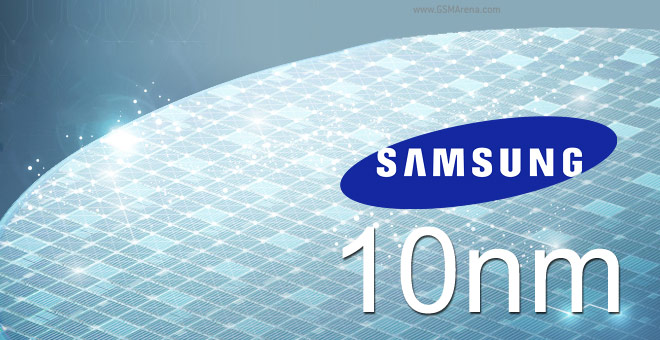
It is official now as Samsung has confirmed today that the company has indeed started with the mass scale production of an industry first 10nm application processor. This will replace the current 14nm FinFET processors and bring in better power efficiency along with faster performance to flagship devices in 2017. In spite of being based on a similar 3D transistor structure as its 14nm predecessor, the smaller 10LPE manufacturing process allows for an increase of 27-percent in performance and 40-percent in energy efficiency.
If you are wondering when it will be released and which processors it will power, it is unclear as of now, since no comment was made on that subject. All that is known is the fact that it will come early in 2017. Many were of the opinion that the upcoming Qualcomm Snapdragon 830 would be the one to utilize this 10nm SoC, but other reports are suggesting that Qualcomm is shifting towards partnering with TSMC in manufacturing the SD 830. What is almost certain is that the 10LPE SoC from Samsung will be powering its own brand of Exynos 8895 processors, which will likely debut with the Samsung Galaxy S8.
Saikat Kar (tech-enthusiast)
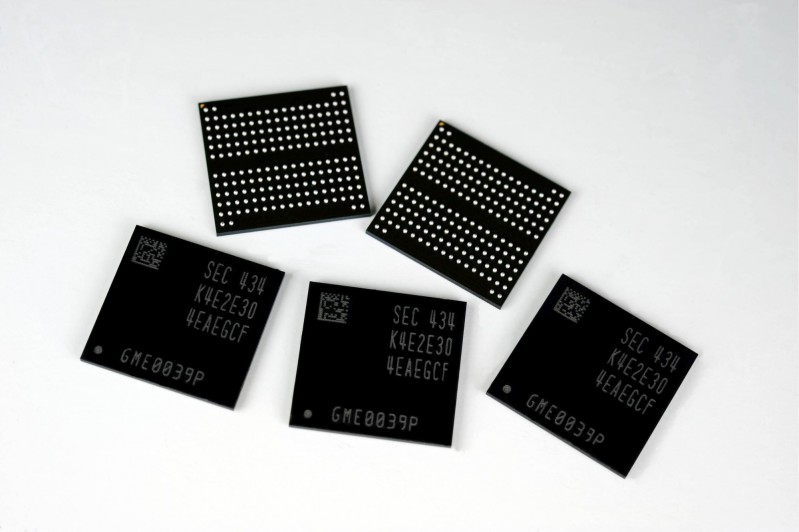
Samsung announced earlier today it has began mass producing its latest 6Gb LPDDR3 Mobile DRAM chips. They're made using the 20nm manufacturing process and are designed with high performance smartphones and tablets in mind by achieving data transfer rates of up to 2,133Mbps.

A 3GB LPDDR3 package can now be made using four 6Gb LPDDR3 chips is 20% smaller and consumes 10% less energy than existing 3GB packages such as the one found in the Galaxy Note 4. The 20nm process also results in 30% productivity gain compared to the 30nm process.
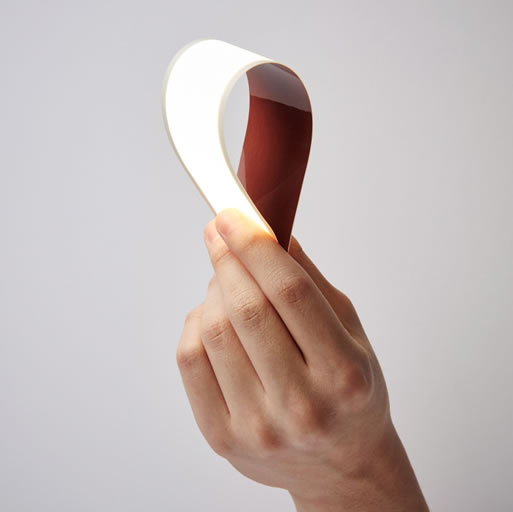
LG is pushing the boundaries of flexible OLED Displays technology due to the market's ever-increasing push towards curved display technology. Naturally smartphones are among the first adopters and LG is at the forefront of innovation when it comes to curved technology. After the LG G Flex 2 was unveiled at CES 2015 in became abundantly clear that the Korean manufacturer intends to further develop bendable display technology and is investing in its future.

And while the P-OLED panel in the G Flex 2 is mighty impressive, LG will not be stopping there and a new reports hint toward ongoing development of a truly flexible screen and even early units already available. This is achieved by a whole new plastic OLED technology that LG claims is better than current curved screens in every possible way.
The way LG Chem plans to revolutionize bending displays is through a new manufacturing technology. The current generation bendable OLED panels, like the one inside the G Flex 2 feature a thin glass substrate. This allows for a certain level of flexibility, but limits the bending angle to 75mm. Next generation displays will be created using plastic for a more than double decrease in the bending radios, set at about 30mm. What this means in plain terms is that the new panel can be bent in a lot points, which can be as little as 30mm apart.

The highly-bendable P-OLED units have 75lm brightness, 60lm/W efficiency, 3,000k color temperature and CRI over 85, which is adequate by today's standards. LG has announced that panels are already available for testing and engineering purposes and can be purchased for $450. Mass production is set for July 2015, which is not that far away.

According to a new report published by SamMobile, the much awaited final Nougat update could see the light of day, starting from January 17. The report was literally "retrieved" after converting the piece of information to Spanish from the original source, which was in Turkish. In order to make things easier for our readers who are not familiar with the language, here's a rough (very crude!) translation of what the text in the image means. Keep in mind that the oddities are a result of two machine translations across three different languages, therefore, some of the grammatical and spelling details might be totally off!
"71 = 1 E Translated from Turkish
.7 Dear Sir,
I've used SM is predicted G935F Go dolo of your device to be released as Android 7.0 updates. Of January of 17 of nougat.
Agreed with the competent authorities We would like to reject your comments
OB1. Mnoranuest, - lelas,
All your questions and problems. Ask us to report again.
Thank you for your interest in Samsung Electronics Turkey Customer Service"
The conclusions to be drawn from this garbled translation are the following facts:
1. The Android Nougat 7.0 update mentioned here, concerns the SM-G935F, which is the European variant of the Galaxy S7 Edge.
2. The rollout may start from January 17, at least in Europe.
3. As per the screenshot, the base Nougat version will be 7.0 and not 7.1.1, or at least not in Europe anyway!
4. Online translations can turn out to be pretty confusing!
In case you are not aware, there have been reports of a very limited number of S7 and S7 Edge smartphones receiving the update already, check it out here for more deatils.
Saikat Kar (tech-enthusiast)
© 2023 YouMobile Inc. All rights reserved






